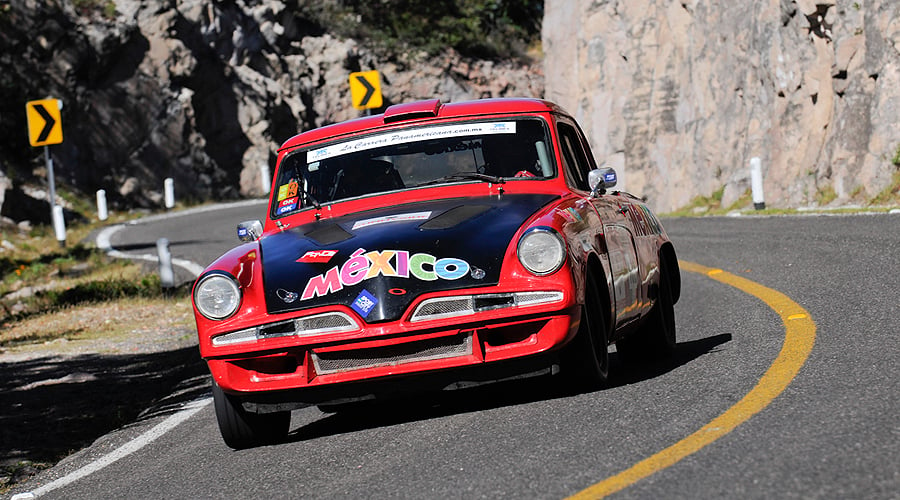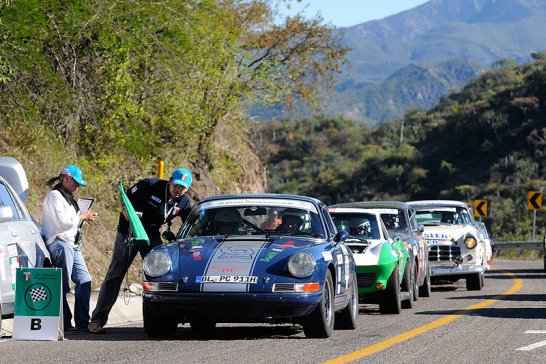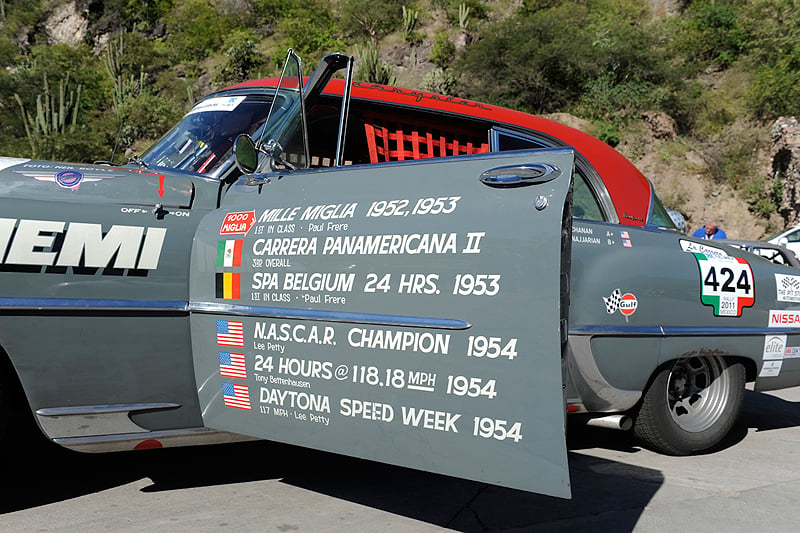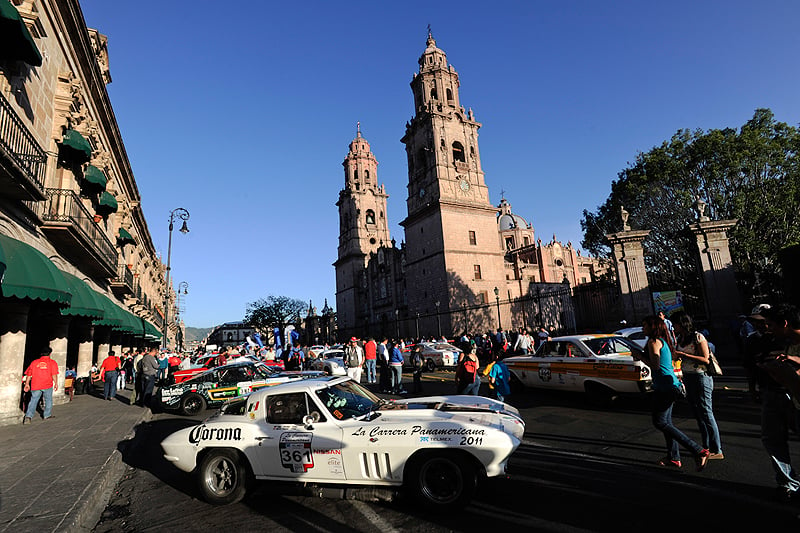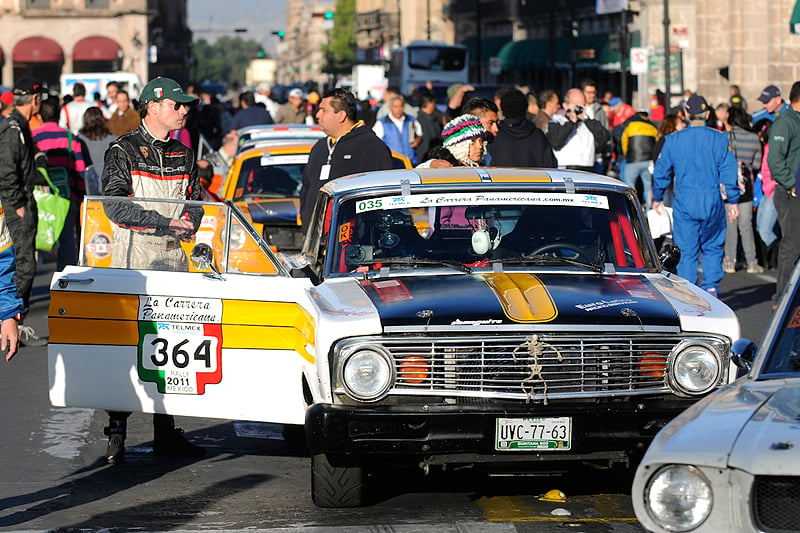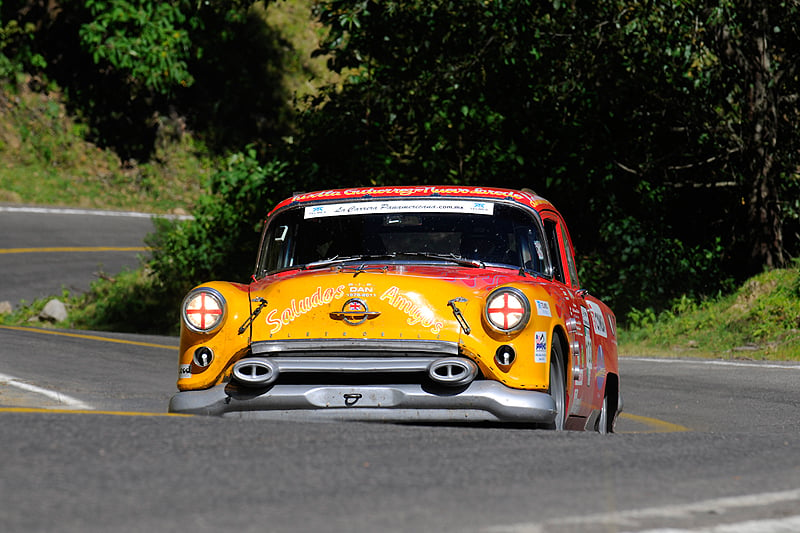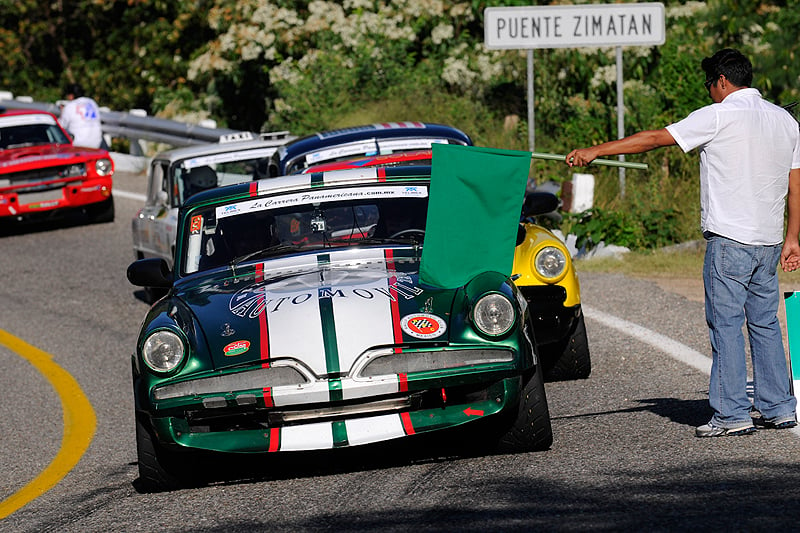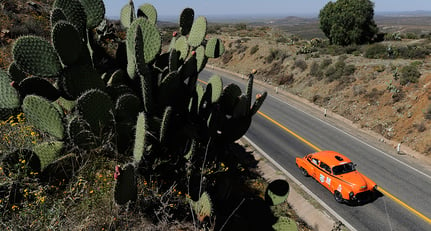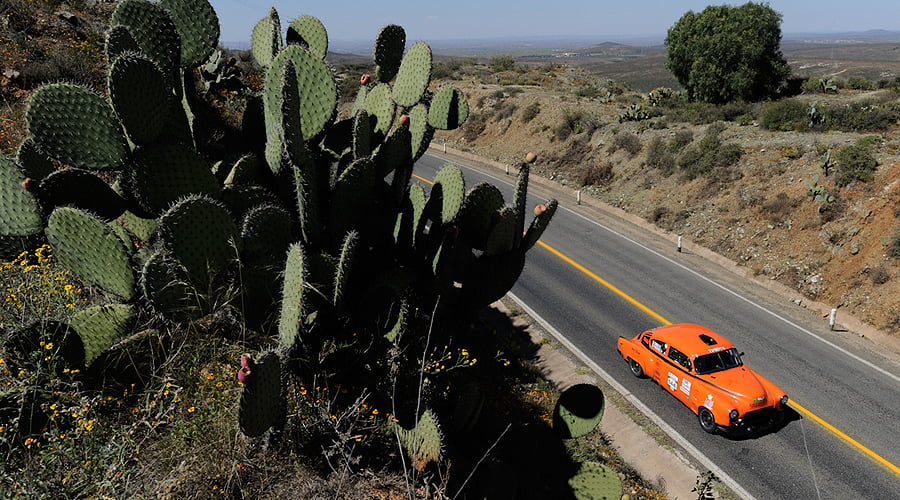
As always, the revival of the legendary Carrera Panamericana got off to a wild and boisterous start. Late last month, over seven days, driving 3,000 dusty kilometres across Mexico, the drivers were tested to the limit. Classic Driver joined the action, and reports from what is possibly the most gruelling rally in the historic motorsports calendar.
Over 100 (110, to be precise) historic cars in all possible variations of race trim took to the starting line. They ranged from an original-specification Porsche 911 with a 2.0-litre/180bhp engine to the 5.4-litre American V8s producing more than 500bhp. The liberal rules of the Carrera allow teams to develop cars specifically for the event, the real ‘road warriors’ being the Studebakers, Oldsmobile 88s and Buick Centurys. But the mixed and motley entry also included slightly more sedate runners such as a VW Beetle, a Mini Cooper, a Jaguar XK and a Mercedes 280SL ‘Pagoda’.
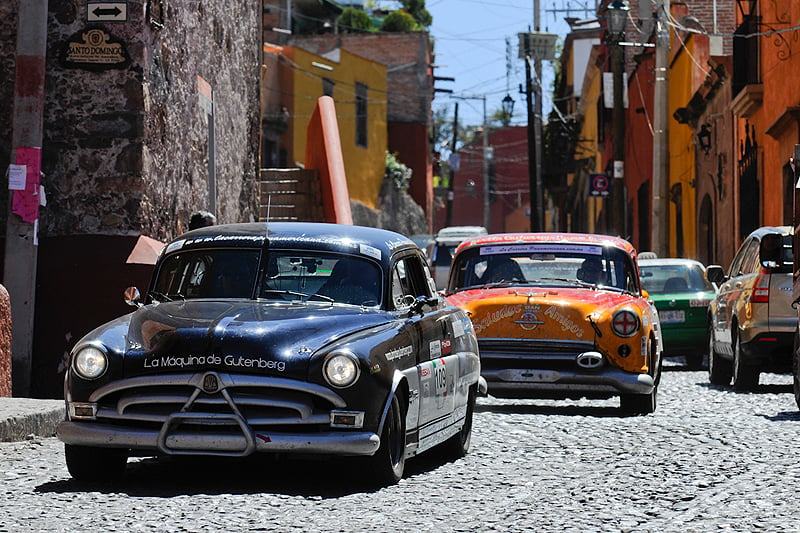
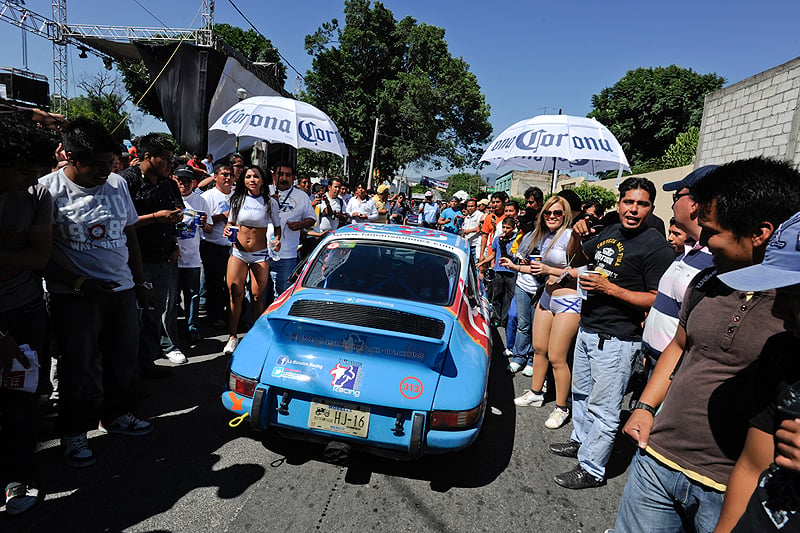
This year, the start and scrutineering took place in the muggy little tropical resort town of Huatulco on Mexico’s Pacific coast, making those still needing to fix something on their cars break into a sweat. No wonder everybody was relieved when, on 21 October, the starting flag finally fell. The first leg of the rally was up in arid, high-altitude Oaxaca, 400 kilometres away. Though a relatively short trip, it’s spiced-up with ten special stages totalling 136 kilometres. A challenge in itself.
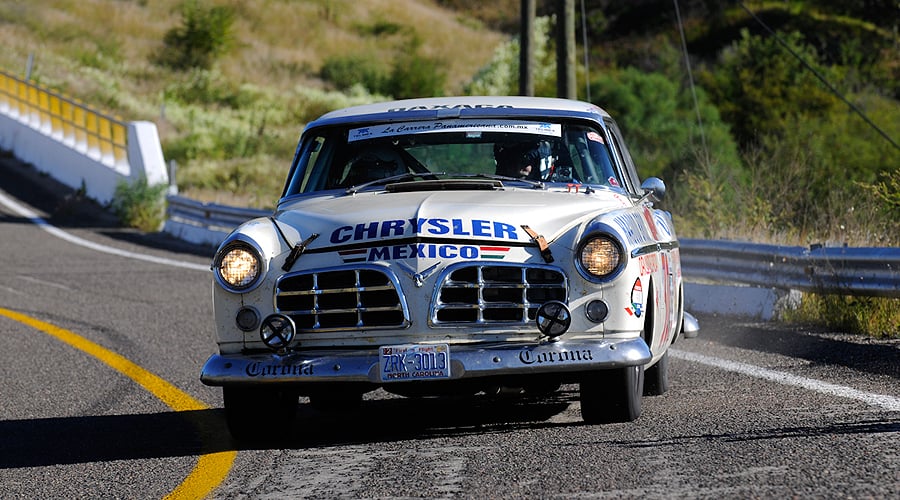
Like every year, a number of cars career off the road into the undergrowth on the very first day. “Man, we were just too fast,” said the stunned driver of a Corvette, while his wife was still busy retrieving kit and equipment from the wreck. A Dutch couple flew off the Tarmac into the gravel during a tight right turn, the car hurtling out of control and flipping over. Thanks to a sturdy roll-bar and cross-bracings in the roof, the two were able to scramble out of the car with barely a scratch. One of Germany’s favourite TV chefs, Tim Mälzer, and his friend Frank Meyer, both behind the wheel of a Ford Mustang, were somewhat taken back by this. “We figure we’ll just follow along and then join the action later,” said Mälzer, grinning. “We’re not that driven to risk life and limb...”
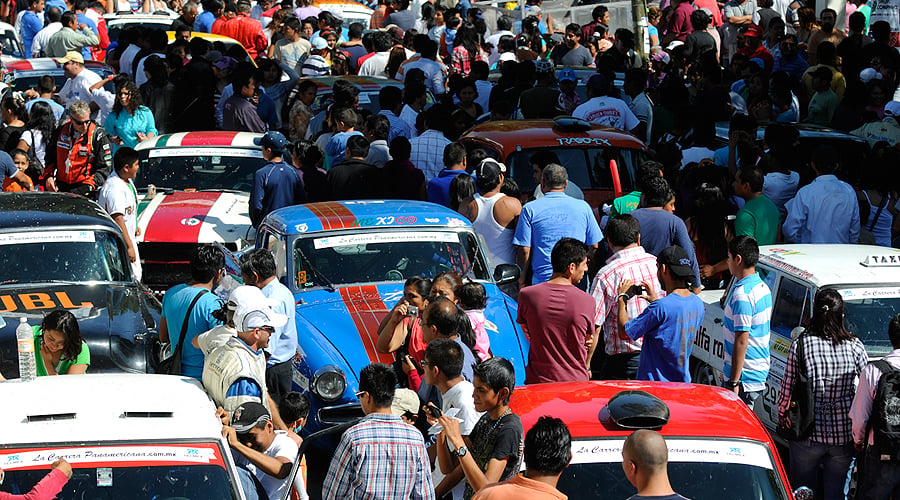
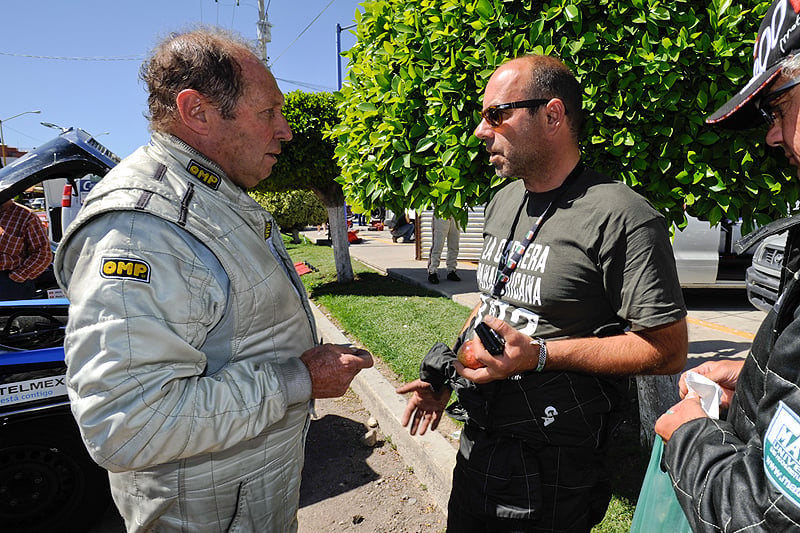
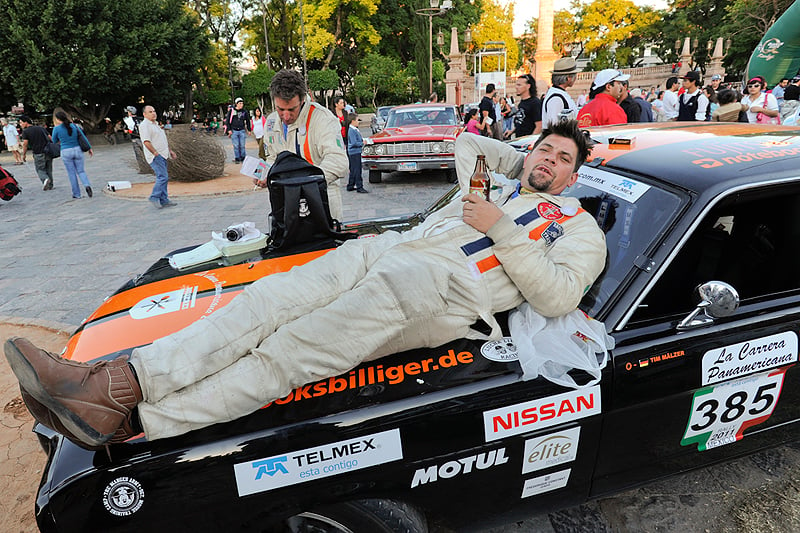
At the finish line in Oaxaca, some 20 cars had already dropped out. We saw them by the side of the road, or embedded in the scenery. Not all had suffered accidents, though: some teams were busy dealing with mechanical breakdowns. One of the advantages of the Carrera is that you can rejoin the race at any time after repairs.
Passing through Tehuacan with its unbelievable noon-time fiesta, the cavalcade moved on via Puebla to Queretaro. Each stage is around 300 to 500 kilometres long, so, even without a timed section the pace is very fast. If you want to take full advantage of your allotted service time, you had better be fast on each transito stage (the sections between stops). So drivers go at full throttle (perhaps 160km/h) on the road in order to have time for a quick meal or a refill of petrol.
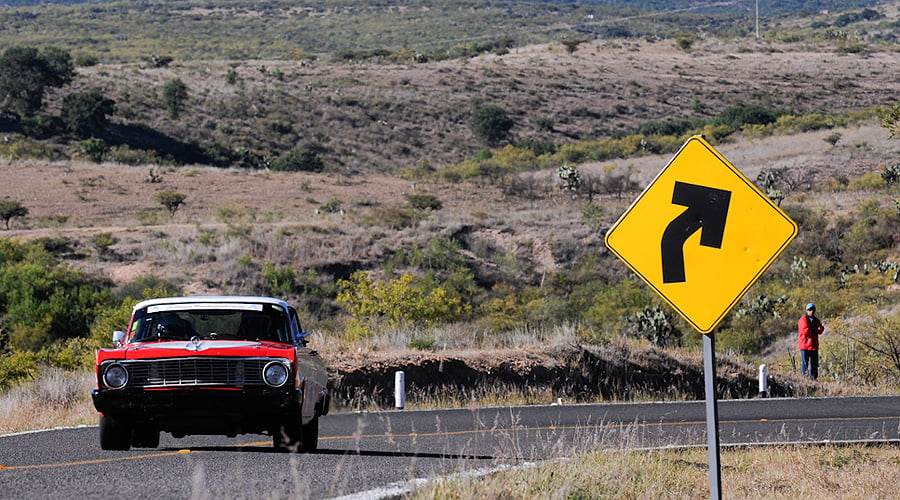
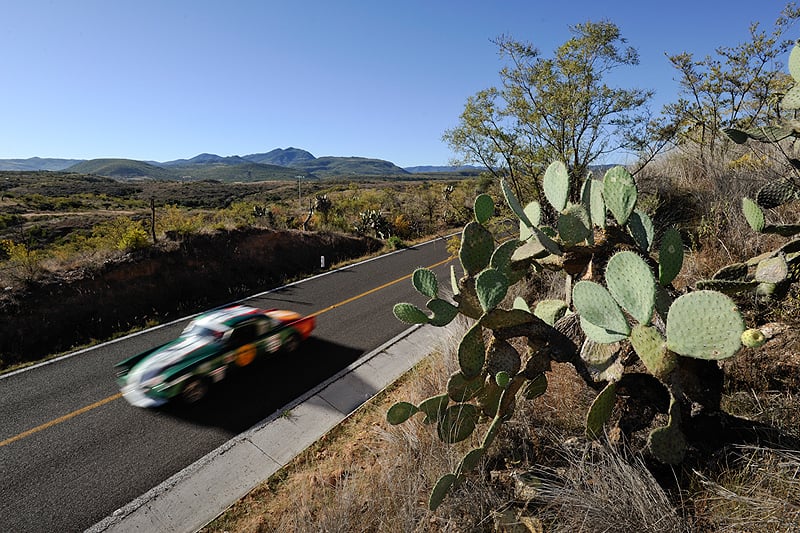
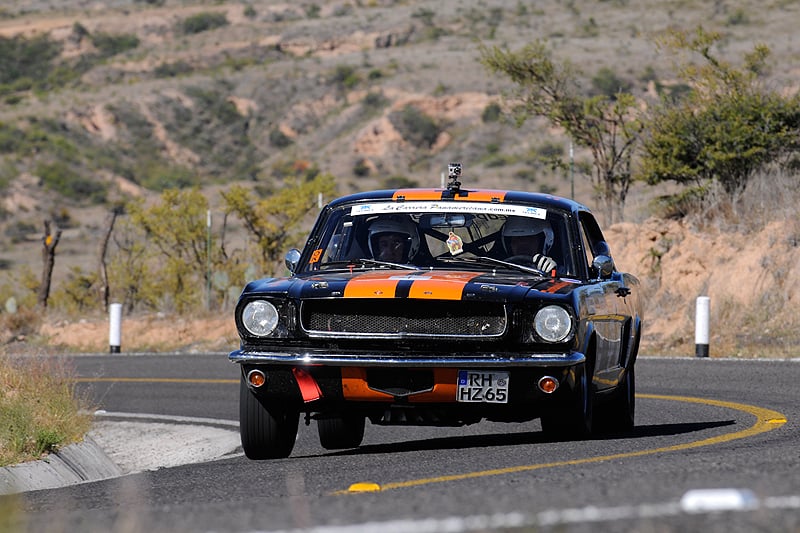
On the afternoon of the fourth day, during the leg from Queretaro to Morelia, a very special test was scheduled: the famous - and rightly ‘infamous’ - special stage of the ‘1000 Hills’ (Mil Cumbres). It’s a snaking 30 kilometres of tight turns, sure to make enthusiastic drivers jump, or weep, for joy.
The leaders of the pack were the top performance cars race-prepared to NASCAR standards and they really called the shots. At the head of the field an exciting cross-generational battle developed between young Mexican drivers Ricardo Trevino and Michael Jourdain (both driving Studebakers) locked in battle with Carrera Panamericana veteran Doug Mockett (Oldsmobile 88). But, after Jourdain glanced off a rocky wall during a special stage between Guanajuato and Aguascalientes, only Mockett and Trevino were left as candidates for the overall win.
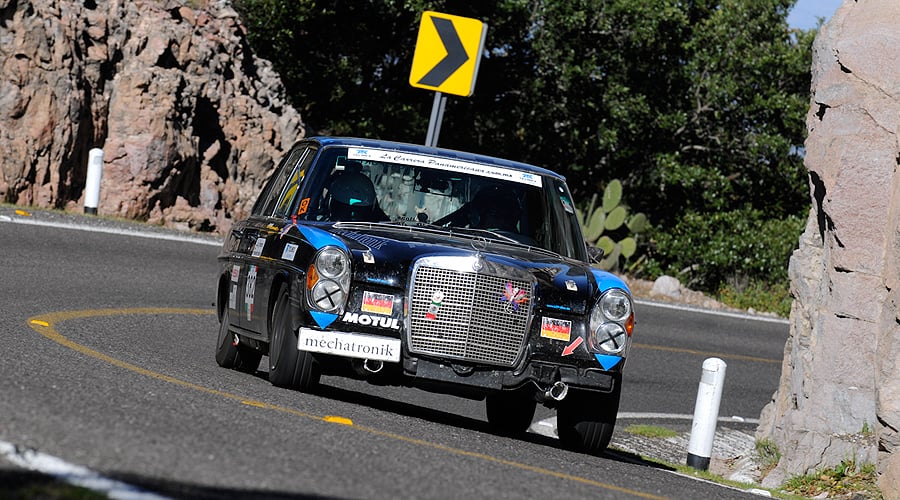
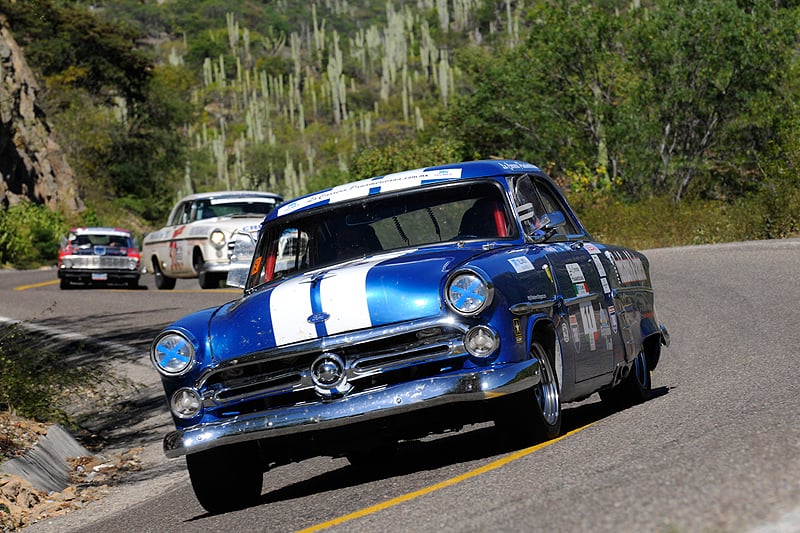
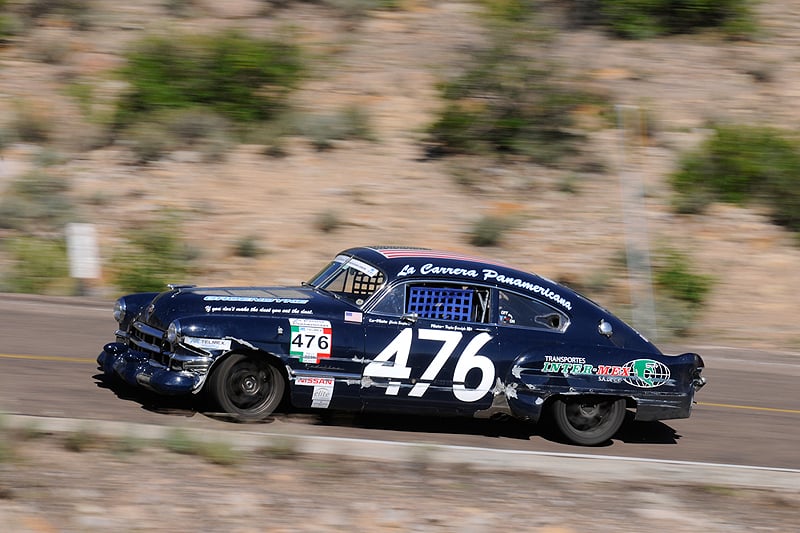
Toward the end, in the old silver mining town of Zacatecas, the Mexican at last managed to pull ahead. The Studebaker, prepared to perfection by Mats Hammarlund, just scraped ahead of the Oldsmobile 88 to cross the line with five seconds to spare. After 49 special stages, it has never been this close.
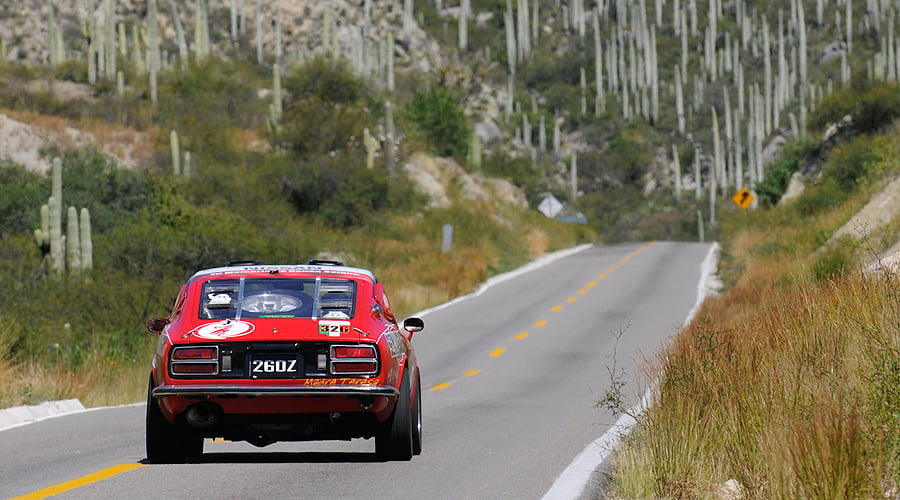
Renowned German Grand Prix, saloon and sports car driver Jochen Mass (paired with Manuel Pabst in a Ford Mustang) managed an 11th place despite various mechanical maladies. The only ladies in this year´s Carrera field, Daniela Wagner and Sylvia Lindner, finished in a fine 43rd position after a carburettor fire. And the star of German TV cookery programmes? Tim Mälzer and Frank Meyer, were pleased with their 54th place. For further information, see lacarrerapanamericana.com.mx.
Fancy having a go next year? Searching for the right car? Look no further than the competition car section in the Classic Driver Marketplace.
Text & Photos: Andreas Beyer (translation: Alexandra Felts)
